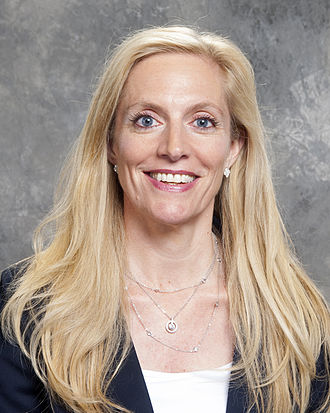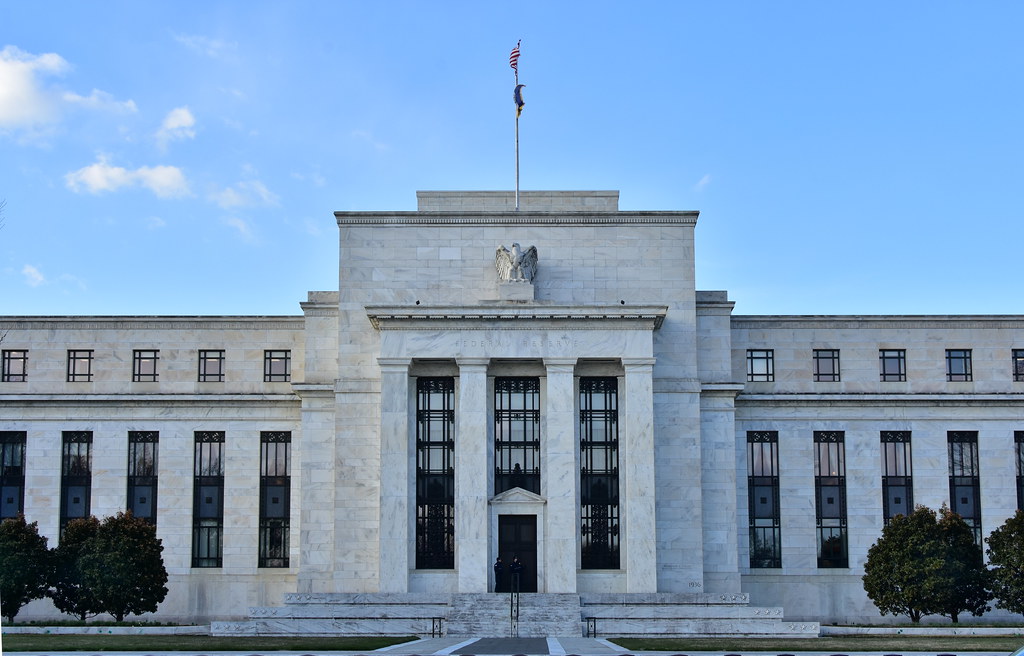
Governor Lael Brainard of the US Federal Reserve, speaking at the Federal Reserve Bank of San Francisco’s Innovation Office Hours, on 13 August 2020, gave an update on the work on Central Bank Digital Currencies in the US. She is a former Assistant and Associate Professor at MIT, and an Under Secretary in the Department of Treasury under the Obama administration.
Governor Brainard pointed out that the Covid-19 pandemic was “a dramatic reminder of the importance of a resilient and trusted payments infrastructure that is accessible to all Americans.” Towards this end, “banks, fintech companies, and technology firms are all exploring the use of innovative technologies to enhance payments efficiency, expand financial inclusion, speed up settlement flows, and reduce end-user costs.”
As for digital currencies, they “present opportunities but also risks associated with privacy, illicit activity, and financial stability.” They “have raised fundamental questions about legal and regulatory safeguards, financial stability, and the role of currency in society.” This has “intensified calls for CBDCs to maintain the sovereign currency as the anchor of the nation’s payment systems.”
She disclosed that, considering the dollar’s role in the global economy, the FED is conducting research and experimentation on distributed ledger technologies and the potential use cases for digital currencies, assessing the opportunities and challenges of, and use cases for, a CBDC, as a complement to cash and other payments options. She reiterated the FED’s commitment to ensuring the public has access to a range of payments options, in the face of continuing demand for US currency.

The FED has been conducting in-house experiments for the last few years, through its Technology Lab, with application developers from the Federal Reserve Banks of Cleveland, Dallas, and New York. A policy team is also studying the implications of digital currencies on the payments ecosystem, monetary policy, financial stability, banking and finance, and consumer protection.
The Federal Reserve Bank of Boston is also collaborating with the Massachusetts Institute of Technology “in a multiyear effort to build and test a hypothetical digital currency oriented to central bank uses.” She further revealed that the “lessons from this collaboration will be published, and any codebase that is developed through this effort will be offered as open-source software for anyone to use for experimentation.”
Governor Brainard laid down the objectives of its research efforts as follows: “…to assess the safety and efficiency of digital currency systems, to inform our understanding of private-sector arrangements, and to give us hands-on experience to understand the opportunities and limitations of possible technologies for digital forms of central bank money … to ensure that we fully understand the potential as well as the associated risks and possible unintended consequences that new technologies present in the payments arena.”
As for issue of a Central Bank Digital Currency, she said that this would require extensive deliberations, and engagement with other parts of the federal government and a broad set of stakeholders. There are also important legal considerations such as whether the Federal Reserve Act provisions apply to a CBDC, and whether the CBDC could have legal tender status. The FED is yet to decide whether to undertake this process. In the meantime, it is trying to understand the implications of digital currencies and CBDCs.
The FED is also participating in the CBDC coalition of central banks for collaborative research will help address hurdles such as threats to cybersecurity, counterfeiting and fraud, and anti-money laundering, as well as on shared goals, such as increasing the ease and efficiency of cross-border transactions. Poorly designed CBDC could have cross border implications for financial stability.
Noting that innovation is central to the FED’s work, Governor Brainard said that the Board is “leveraging machine learning, natural language processing, and other artificial intelligence tools to help us analyze data, and we are monitoring how financial institutions use these tools in their decision making. We are expanding our use of cloud computing to enhance our operations, and we continue to enhance our cybersecurity tools to strengthen our cyber posture. These and other technologies are fundamentally changing every aspect of our work, and the Federal Reserve remains optimistic about the power of healthy innovation to improve the resilience, efficiency, and inclusiveness of our financial system when the appropriate safeguards are in place.”
The sum and substance of this speech is that the FED is yet to take a call on CBDC and might even be some way from doing so, as it is still studying and understanding the challenges, and to ensure that the privileged position of the dollar is protected. At the same time, countries like China are on track for introducing their own CBDC. But, it still remains doubts whether the early birds will be able to corner the first mover advantage. My bet is that the more cautious ones would be able to leapfrog over these early movers. More on this in another post.
© G Sreekumar 2021
For periodical updates on all my blog posts, subscribe for free at the link below:
https://gsreekumar.substack.com/
![]()